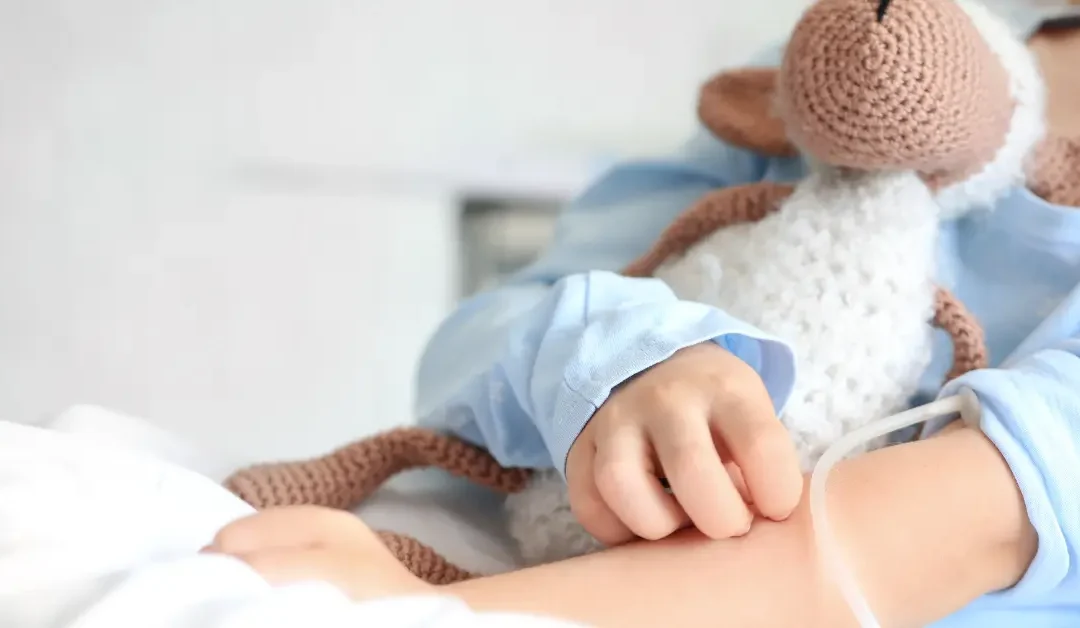The CHI hip surgery review has uncovered serious issues in paediatric care, prompting an apology from CHI and a commitment to reform.

Cerebral palsy is a disorder that affects the brain and causes motor deficiency. Cerebral refers to the part of the body affected, and palsy refers to paralysis, as an area of the brain is dormant or paralysed, leading to either partial or complete muscle paralysis. For a confidential consultation, please call us at 1800-844-104 for free or email [email protected].
The brain damage usually happens before, during, or shortly after birth and can end up being a lifetime disability for the affected child. Sometimes, cerebral palsy is a term that includes several different movement-and-brain-related disabilities. Still, generally, there are three kinds of cerebral palsy: spastic cerebral palsy, Athetoid cerebral palsy, and ataxic cerebral palsy. Spastic cerebral palsy includes stiffness and a problem moving limbs. Athetoid cerebral palsy involves involuntary, uncontrolled, and sometimes abnormal movements. Ataxic cerebral palsy includes issues with balance, depth perception, or walking.
Tests that confirm cerebral palsy include blood tests, a cranial ultrasound that can help the doctors see an image of the brain tissue, an MRI that allows physicians to see the resonance and density of the brain tissue, and a CT scan, which is an in-depth, 3D scan of the baby’s brain. Cognitive assessments and medical observations are also used to help confirm cerebral palsy.
Additionally, evaluations of the child’s mobility, speech and language, hearing, vision, gait, feeding, and digestion are utilised to determine the disorder. Keep in mind, however, that a cerebral palsy diagnosis takes time, sometimes up to several years after a brain injury takes place. Furthermore, there isn’t a single test that can completely confirm or completely exclude cerebral palsy. Instead, a combination of a series of tests, observations, assessments, and evaluations are used to help diagnose the disorder.
Spastic movements mark cerebral palsy, a lack of muscle control, and sometimes the inability to use muscles, and is often determined by abnormal, slow, writhing movements that the child cannot control. Additionally, muscle tone varies between floppy and stiff, which could result in using some muscles over others. Other signs that your child may have cerebral palsy include missing developmental milestones and/or intellectual disabilities.
It is advisable for you to speak to an experienced team of cerebral palsy claim solicitors as soon as possible if you believe that you were not provided with an adequate or appropriate level of medical care, which resulted in you sustaining an injury or illness.
After the consultation with your medical negligence solicitor, he/she will request access to your medical records and engage an independent medical expert to assess your records. The purpose of engaging an independent expert is to establish whether there was any negligence on the medical professional’s part.
Where the independent medical expert is of the professional opinion that medical negligence did occur, as you instructed, your solicitor will begin issuing legal proceedings in Court against the medical professional and/or hospital.
The legal time limit to make a cerebral palsy claim is two years from the date of injury or date of knowledge that the injury or illness resulted from medical negligence. For children/minors, the time limit expires two years after their 18th birthday. You can contact a solicitor to talk about your case and inform you about the statute of limitations applicable to your case. Learn more
Claiming a cerebral palsy birth injury can be a traumatic experience, as the process for making a claim can be emotionally distressing for the parents, and the claim effectively accuses people you placed your trust in during the delivery process of not fulfilling their duty of care. A birth injury compensation claim also has to consider the consequences of the birth injury – both physical and psychological – and take into account the high level of care that your child may need for the rest of their lives.
Once liability has been established in a claim for a birth injury, it can still take a considerable period for the claim’s value to be accurately calculated. At the same time, the impact on your son or daughter’s life is assessed. During this time, you may be able to apply for interim payments of birth injury compensation to help you through any financial hardship. You should discuss this with your solicitor to obtain your child’s best medical and educational support. All parents of children with cerebral palsy and other birth injuries need to have their cases professionally investigated where they feel the condition may result in medical negligence.
Solicitors
84 Talbot Street, Dublin 1
D01 YX60
DX 112002
Free Phone: 1800-844-104
Fax: (01) 5312727
Email: [email protected]
Web: www.colemanlegalpartners.ie
Online Enquiry Form: Apply

Head of Client Services
P: 1800-844-104
E: [email protected]
”At Coleman Legal, excellence in customer care is paramount. We aim to meet both prospective and existing client’s needs in a professional, engaging, and friendly manner with a clear objective to give quality legal advice and reach a positive outcome.”